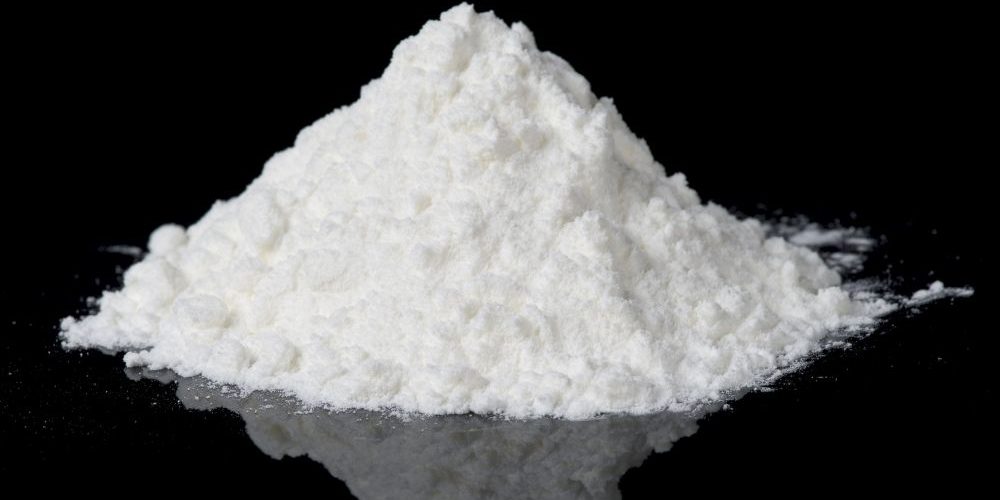Melamine-formaldehyde and urea-formaldehyde resin manufacturers are always in high demand, as the physical properties of amino resin make it a useful adhesive in the creation of plywood, home insulation, and even fertilizer in agriculture. What makes these amino resins so great, though? What about their physical properties make them so popular a material that they’re used in such a variety of applications? Let’s take a look.
Thermoset Advantages
Amino resins, at first, are malleable—capable of being injected into spaces and become form-fitting for any space in which the resin is applied. But after heat has been applied to the resin, the resin becomes more rigid and features a high tensile strength, flexural modulus, water absorption, mold shrinkage, high surface-hardness, elongation at break, and volume resistance. For these reasons, you can understand why amino resins are so valued for filling out difficult spaces and prized in the creation of plywood, as it’s easy to apply and make into something sturdy and durable.
Thermoset Disadvantages
Nothing is perfect, however, and thermoset materials like amino resins come with a few disadvantages. Once the resin has set, it’s impossible to remold or reshape it again. Instead of being remolded, the hardened resin is durable but susceptible to impacts, meaning it can break easily enough and will likely do so if you try to change it.
Nitrogen Properties
One of the more interesting aspects of the physical properties of amino resins is that it naturally releases nitrogen. This is significant because, when in the form of insulation, it’s capable of self-extinguishing should there be a fire. In the agricultural industry, however, this nitrogen release is a boon for improving plant cultivation, as nitrogen is a valuable component of chlorophyll—the compound that plants use to convert sunlight into nourishing energy.
Adhesive Properties
As an adhesive, you can most commonly find amino resins in wood glue. It’s not only a low-cost component of the glue, but the thermoset properties mean that the glue also has low cure temperatures that ensure you’re not left waiting for the glue to dry. It’s these curing properties that make it so effective at binding the thin veneers of wood in plywood.







